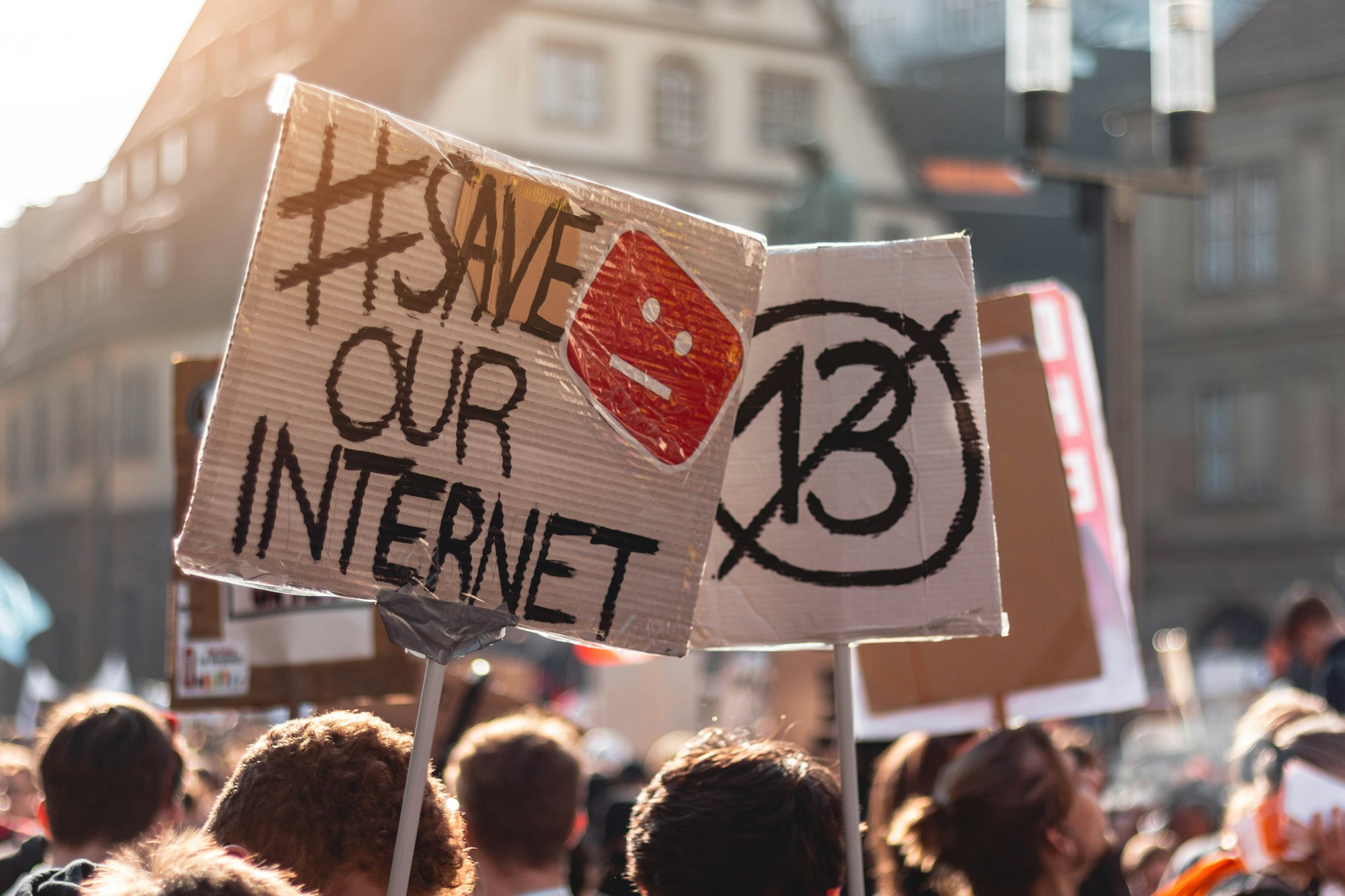Audiences

Here we will see how we can tailor ICT solutions according to the audience, copyright legislation, legal, moral, ethical and cultural implications of ICT solutions and policing of the internet.
What is an audience?
An audience is who the product/solution is aimed at or who is going to use the product/solution.
What are the characteristics of audience?
When designing an ICT product such as website, PowerPoint and database, etc., you should consider who is going to use it. There are a range of audience characteristics that should be taken into account:
- Age
- Experiences
- Gender
- Income level
- Interests or expectations
- Disabilities
- Knowledge
Audience
These things should be considered before the product is created. By knowing who will use the product, you can ensure that it will be possible for them to use it and that it will interest them.
Characteristics of an audience
- Age:- This can affect whether or not someone will be interested in your product. For example; Website for children aged 6 and under. The large font styles, child-like content and colourful pages would attract this audience.
- Experiences:- The board of company directors would have a different approach compared to an audience composed of teenaged school children.
- Gender:- Products should be designed towards a gender in order to ensure that they attract the right type of person. For example; Website for younger girls. The pink colour, toy dolls and beauty content would attract this audience.
- Income level:- ICT products can be aimed at people with different income levels. For example; Website to promote and sell expensive houses. The houses on display and clear prices would put off people with lower income.
- Interests or expectations:- Knowing your customer’s interests can help you decide on content. For example; Website for fans of Classic Rock. The website should have precise content. The news articles, songs, videos and images would keep the target audience coming back to the site.
- Disabilities:- Knowing if your audience include people with disabilities can help you to design the best possible product. For example; In a website use contrasting colours between background fonts. Use large fonts and keep the content simple. This will help visually impaired users to access the content.
- Knowledge:- This should also be taken into consideration while designing a product. For example; graduates in maths would expect to see a different approach to a solution than a group of history students.
It must be noted here that not all of them would be relevant to every proposed solution. Some research needs to be done first to find out about the target audience. This could be done by the following methods:
- Interviewing a cross section of the target group to find out how to engage the audience.
- Giving out questionnaires to people in the target group to find out their background, interests, and so on, so that the final solution can be tailored to meet the full expectation of the audience.
- Carrying out market research — this could involve the two techniques described above, but would certainly involve a more sophisticated and indepth analysis of the data received (it would all depend on how large the 'affected' audience is likely to be).
What is software copyright?
Software is protected by copyright laws in the same way as CDs, films, DVDs and articles from magazines and books are protected.
When a software is supplied on CDs or DVDs, there are certain rules that must be obeyed:
- It is not legal to make software copies and sell it or give it away to a friend or colleague.
- Software cannot be used on a network or used on multiple computers unless a licence has been acquired to allow this to happen.
- It is not legal to use coding from the copyrighted software in your own software and then pass this or sell it as your own without permission of the copyright holder.
- Renting out a software package without permission to do so is absolutely illegal.
- It is illegal to use the name of the copyrighted software on another software, without agreement to do so.
What is Software Piracy?
Illegal copies of software produced or developed is called as Software Piracy.
The ways in which a software can be protected from software piracy are as follows:
- When software is being installed, the user will be asked to type in the unique reference number or product key, which was supplied with the original copy of the software.
- The user will be asked to click 'OK'/'I AGREE' or put a cross in a box to agree to the licence agreement before the software continues to instalL
- The original software packaging often comes with a sticker informing the purchaser that it is illegal to make copies of the software; the label is often in the form of a hologram indicating that this is a genuine copy.
- Some software will only run if the CD-ROM, DVD-ROM or memory stick is actually in the drive; this stops illegal multiple use and network use of the software.
- Some software will only run if a dongle is plugged into one of the USB ports.
Many countries have enacted anti-piracy laws to protect the software industry against piracy. There are legal penalties for anyone found guilty of such infringement.
What are the legal, moral, ethical and cultural implications of copyright?
- Legal covers the law; whether an action is punishable by law.
- Morality governs the private and personal interactions between people and is usually determined by the person concerned.
- Ethics governs professional interactions, for example, codes of behaviour practised by a society or group of people sometimes going against an individual's own sense of morality.
- Culture refers to the attitudes, values and practices shared by a society or group of people.
Essentially, anything which breaks the law is termed illegal. Examples from ICT would include copying software and then selling it without the permission of the copyright holders.
Morality covers the human desire to distinguish between right and wrong. The only problem here is that culture can get in the way. What may be immoral in one culture is regarded as acceptable practice in another culture. Also, what was immoral, may be 50 years ago, may not immoral today, even within the same society. Moreover if something is immoral may not necessarily be illegal and vice versa.
Altering websites or creating fake websites is not in itself illegal; provided the person who carries out the act doesn't try to gain from their actions, it is simply an immoral act since it can cause distress to others who aren't aware that it was simply a harmless prank. As soon as they try to obtain personal and financial data then it becomes an illegal act. Some people regard hacking as simply immoral, this again ceases to be true if the act of hacking leads to breaking national security, or financial gain or leads to revealing personal information which leads to distress.
Many a times, there is a very thin dividing line between an immoral act and an illegal act.
Unethical behaviour is essentially breaking a code of conduct. For example, if somebody works for a software company and passes on some of the ideas to a rival company, this would be regarded as unethical behaviour. Unless the software passed on is part of national security; then it isn't actually illegal to do this.
The importance of culture is less clear-cut. Writing software games that make fun of religion could be seen by certain people as unacceptable behaviour — but some cultures would find it funny and wouldn't understand why it was seen as offensive. When writing computer games, for example, as a best practice, it would be good for programmers not to include items which some cultures would find offensive or obscene. Though, this may not be seen as unethical and certainly not illegal, but nonetheless can cause distress.
Should the internet be policed?
This question has been raging for a few years now. However, after the hacking of Sony Films in USA and terrorist attacks in France in 2015, there is increasing pressure from many people to police the internet. Many security experts and governments believe that the hacking and terrorist attacks could have been prevented or stopped by having tighter laws. This will allow them to 'eavesdrop' on any data transmission on the internet. However, there are many favouring controls with almost equal number of people opposing it.
Arguments in favour of control are:
- It would be easy to prevent children and other vulnerable groups from being subjected to undesirable websites.
- It would prevent incorrect information being published on websites.
- It would prevent illegal material being posted on websites like racist or prejudiced and pornographic material, terrorist activities, etc.
- Presently, it is very easy to find information about things that can have serious consequences like how to make bombs, how to hack computer systems and networks, etc. Although most of this information is available in books, it is much easier to find using a search engine.
Arguments against control are:
- It is very expensive to police all websites and users would have to foot the bill for the same.
- Laws already exist to deal with those who post illegal material/ comments on websites.
- Material that is published on websites is already available through other sources.
- It would be very difficult to enforce rules and regulation on a global scale.
- Some argue that policing goes against freedom of information/speech.
Protesters against policing of the internet
Having seen both the arguments, you may have your own views regarding freedom of speech vis-a-vis physical safety.
This is the end of this guide. Hope you enjoyed it! Thanks for using www.igcsepro.org! We hope you will give us a chance to serve you again! Thank you!



